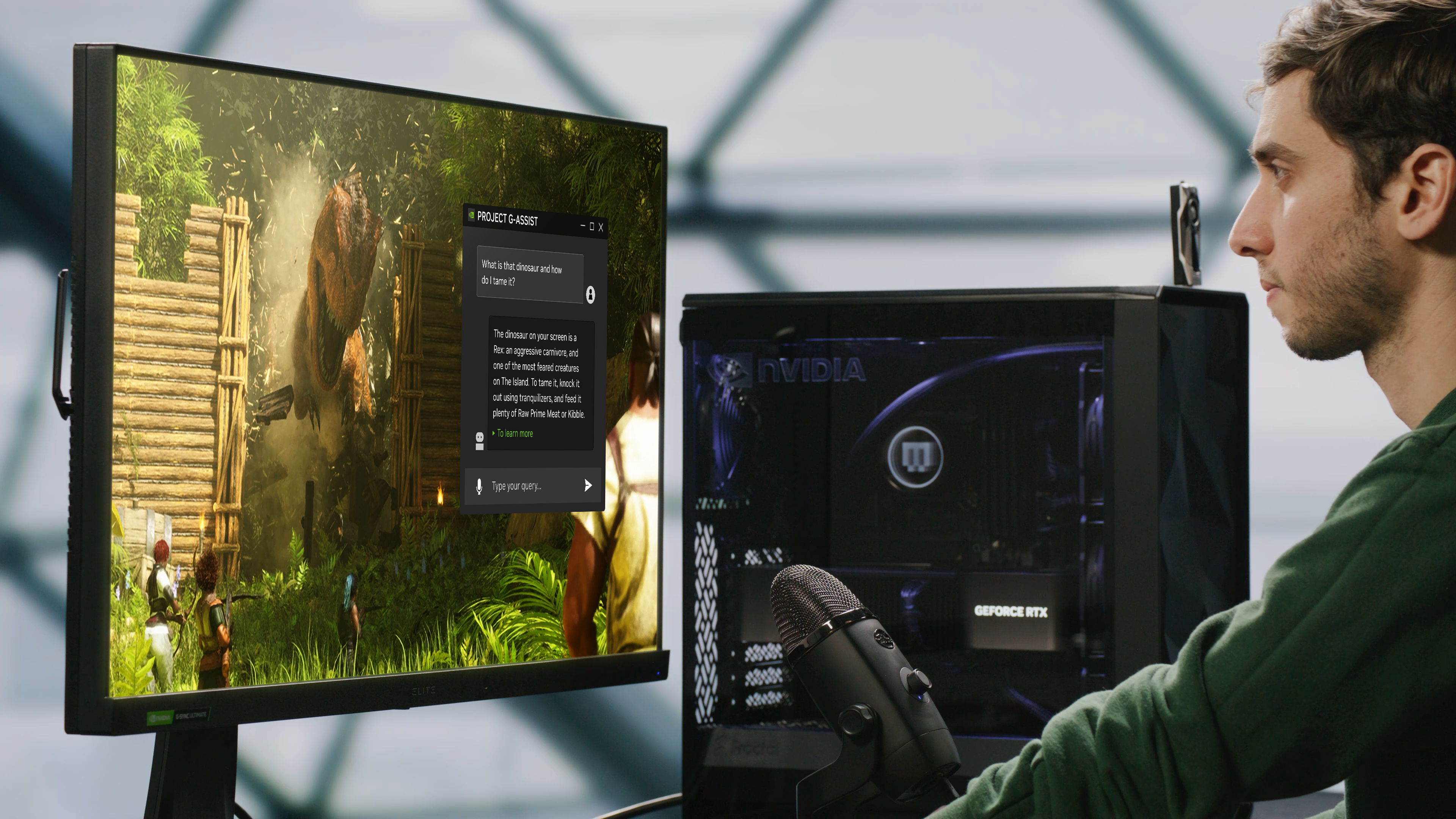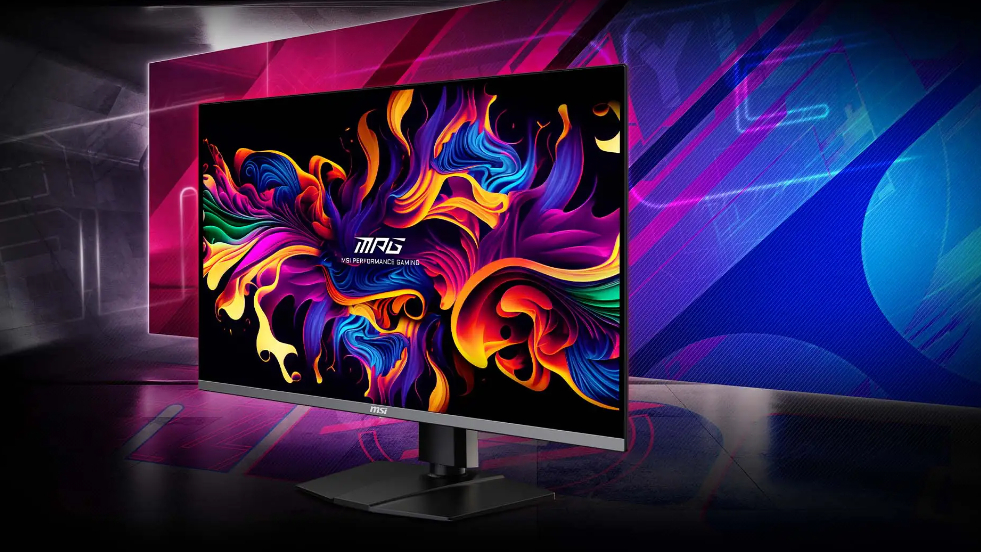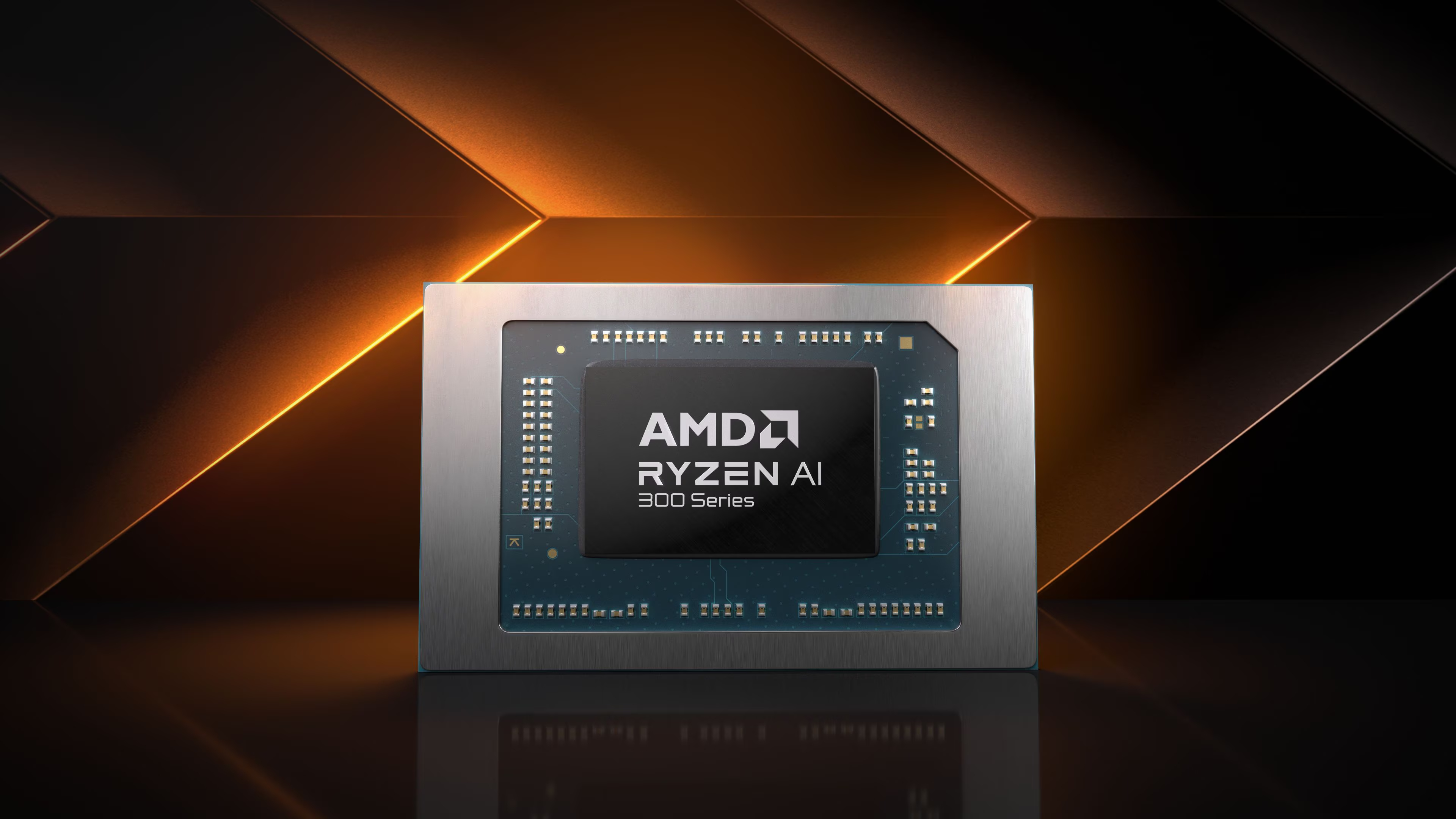
Computex 2024 is wrapping up after a few days of hotly-anticipated computing announcements from giants of the tech world, including NVIDIA, Intel, AMD, and beyond. The event falls conspicuously close to Apple’s own WWDC 2024 conference, set to take place on June 10. While we’re waiting for Apple to unveil iOS 18, iPadOS 18, macOS 15, watchOS 11, and of course Apple AI, its rivals are hard at work pumping out their own products in advance of the Cupertino juggernaut’s efforts.
To that end, we’ve rounded up some of the biggest and most exciting announcements that dropped at Computex this week, including all the ones that should make Apple fans sit up and take notice. Here’s the rundown.
Intel Lunar Lake

Intel has languished in the doldrums of chip production for a number of years, a plight perhaps best exemplified by Apple’s decision to drop the chipmaker from its Mac lineup in favor of its own Apple silicon.
After years of fighting AMD and Apple with one hand tied behind its back, Intel is back with a chip that finally looks like it has enough power where it counts. The successor to Meteor Lake, Lunar Lake is Intels’ newest SoC, built on x86 architecture. Intel has recently employed Apple’s tried and tested combination of efficiency and performance chips and now employs another of Apple’s secret weapons — built-in memory. That’s right, for the first time ever, Windows PC builders will be able to opt for a chip that includes memory built-in. However, Lunar Lake is currently limited to just 16GB or 32GB of LPDDR5X RAM, and you can’t add more.
Intel has ditched Meteor Lake’s heinously complicated 3D performance hybrid architecture in favor of the tried and tested 4 by 4 core configuration with four performance and four efficiency cores. Intel says this year’s efficiency cores are more powerful and more efficient than last year’s P-core at typical laptop clock speeds.
GPU performance is touted at 1.5x that of Meteor Lake. The coup de grace is AI. Lunar Lake offers 48 TOPS (tera operations per second), more than enough to qualify as a Copilot Plus PC on Windows, and much more than the 11.5 TOPS in the old chips. Apple’s new M4, found in the M4 iPad Pro, is good for 38 TOPS, if you’re keeping score. Intel won’t be making a grand re-entrance into the Mac anytime soon (ever), but those looking for MacBook alternatives that run Windows are no longer bound to the excellent Qualcomm Snapdragon-based machines.
MSI’s AI monitor

MSI has this week unveiled the world’s first AI-powered gaming monitor. The MEG 321URX QD-OLED display features A.I. Sky Sight. The tool is aimed at gamers and uses machine learning to identify enemies on screen, which sounds a lot like a hardware-based wall hack that could get you banned from your local CounterStrike LAN in a heartbeat.
While Mac gamers probably aren’t clamoring for an AI monitor that can power hacks in Stardew Valley, the idea of AI built into a display is certainly an intriguing idea. Apple makes the Studio Display and Pro Display XDR, targeted at creatives. What if hardware-based AI could help Final Cut Pro users identify scenes for color correction, or highlight imperfections in Photoshop? AI-powered software seems like a no-brainer, but the future of AI-powered hardware like monitors could be just as exciting
Ryzen up, back on the streets

AMD has unveiled its brand new AMD Ryzen 9000 Series chips, and its new AMD Ryzen AI 300. It also has new 5000 series chips. The 300 series are new mobile processors for Windows laptops. Going up against Apple silicon, Snapdragon, and the aforementioned Lunar Lake, the new SoCs are available in either 10 or 12-core configurations with hefty clock speeds and 50 TOPS from the NPU, the most potent mobile AI processors on the market to date.
Those chips will feature in new laptops such as Asus’ new ProART 16, a 16-inch Macbook Pro rival with an RTX 4070 at its heart.
The competition - Now just $849, Apple's M2 MacBook Air is still one of the best laptops on the market:
NVIDIA’s AI assistant

NVIDIA unveiled a new AI tool that I think comes closest to my personal idea for AI implementation. AI’s new Project G-Assist is an AI assistant that can provide context-aware help for PC games and apps. The assistant can offer strategies, analyze replays, and assist with workflows.
Perhaps more interestingly,it can also help configure a gaming PC for optimal performance and efficiency, with insights into performance and the best graphics settings for performance based on your hardware. It’s a feature that could help users squeeze the best out of their hardware using AI, all while optimizing battery life in laptops and power consumption in desktops.
What if macOS also included AI tools to help run games at an optimal level by guiding you through the settings or an AI assistant that could alert you to apps or tasks that were taking up an exorbitant amount of resources?
Over to you, Apple
So there you have it, four big Computex announcements that will certainly make Apple fans sit up and take notice. With WWDC 2024 just days away, all eyes are now on Apple to see how the company responds to the burgeoning AI industry and more powerful silicon coming from every direction. Stay tuned to iMore next week for all the latest news.







